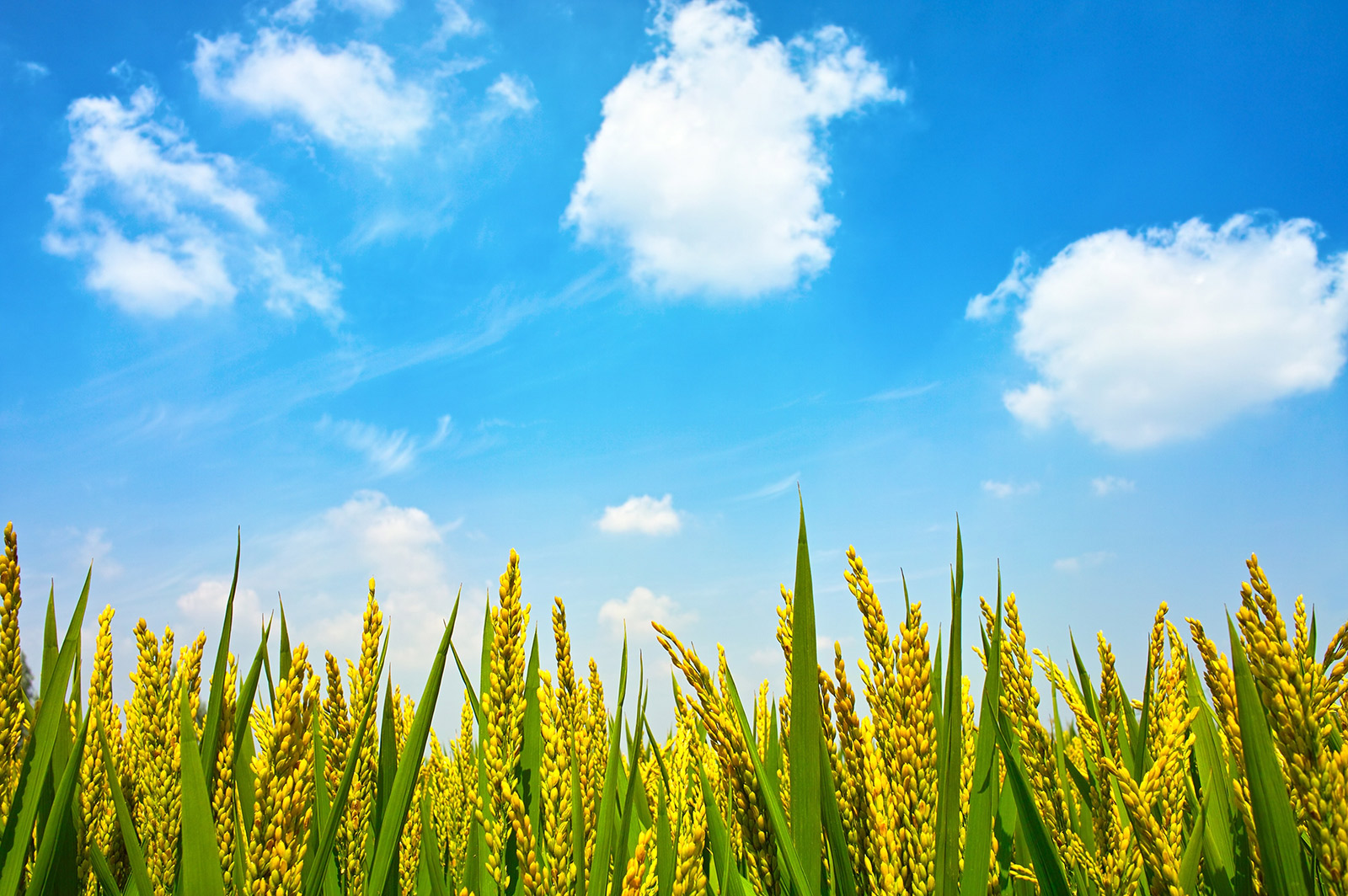
New reign for an ancient dynasty
Published on November 2, 2018 | by thestar.com.my
Grand sight: Crowds throng the streets to catch a glimpse of Sultan Sallehuddin in the ‘Layang Emas’ during the royal procession. — Bernama
THE installation of the 29th Sultan of Kedah on Oct 22 was truly a special occasion, and the highlights of the main ceremony in the throne room as well as preceding events, such as the intriguing Istiadat Letak Kerja and the royal procession, are viewable on YouTube.
The last time these events were seen was in February 1959, when the 28th Sultan of Kedah, Sultan Abdul Halim Mu’adzam Shah ibni Almarhum Sultan Badlishah, became the first Ruler to be installed in an independent Federation of Malaya, which had celebrated Merdeka 18 months prior.
The installation of his younger brother, Sultan Sallehuddin ibni Almarhum Sultan Badlishah, is the first after Malaysia’s historic 14th general election.
In both cases, the sitting Prime Minister has been from Kedah.
However, while in 1959, both the Prime Minister and the Mentri Besar were relatives of the Sultan, in 2018 the Mentri Besar is the Prime Minister’s son.
And now, as then, the weight of expectation from the rakyat for a better future is immense.
The various elements that make up royal installations – fundamentally unchanged through the centuries – remind us of the historical origins of our modern institutions, and reassure us that evolution and progress can occur even as we celebrate traditions that endow our sense of identity.
It is something every Malaysian, regardless of ethnicity or home state, can be proud of.
Having said that, every royal household conducts its installations differently – encapsulating the fact that the states of our federation have unique histories that long predate the formation of the country itself.
No politician or bureaucrat can ever mandate a uniform format for these regal events in the same way that Putrajaya can decree a uniform format for schools, hospitals, or bus stops. And indeed, perhaps these and other areas of public policy should be decentralised according to the logic of our federal setup.
The history of Kedah’s sultanate is the longest of all, beginning in 1136 when the Hindu king converted to Islam to become Sultan Mudzaffar Shah, and its myths have been depicted in films, from Tunku Abdul Rahman’s Raja Bersiong (also on YouTube) to KRU’s Hikayat Merong Mahawangsa.
But what we now call Kedah was a centre of trade and cosmopolitanism for centuries before that, as mounting evidence of artefacts and candis (temple) at Bujang Valley shows.(By comparison, Adityawarman founded the Pagaruyung dynasty in 1347, with four centuries to pass before one of his descendants was invited to reign in Negri Sembilan.)
Despite this increasingly researched and internationally recognised history, too many textbooks still place exclusive attention on the Sultanate of Malacca.
Sure, that polity at its zenith was extraordinary with its fondness for trade and rule of law, but other sultanates had established complex legal codes too.
Kedah’s 17th century laws point to the importance of its trading economy, with prescriptions on customs duties to the shahbandar and standardised weights and measures, as well as regulations on rice that suggest a recognition of individual property rights while obliging wider cooperation towards production.
Of course, the writing of history textbooks can be an intensely political act, and the focus on the Sultanate of Malacca might be motivated not by a desire to highlight the lessons of statecraft and good governance, but rather because aspects of its history enable the construction of a narrative that serves present-day political ends.
If the government is serious about educational reform then it must remove those political incentives in teaching history and citizenship.
The content of royal installations are free from such political interference.
So when the royal regalia comprising ancient symbols of authority are presented to the new monarch – when we see the sultan kissing the Quran and Keris of State and when we hear the mesmerising strains of the nobat orchestra (in which musical talent is hereditary), particularly at the moment of the sultan’s installation – we are witnessing simultaneously an unbroken chain of tradition as well as an affirmation of our modern constitution that gives the Rulers important roles at the state level and the federal level through the Conference of Rulers.
While the installation ceremony was attended by the heirs and representatives of the other Rulers (although the Governors attended in person), the royal banquet the following week was attended by the new sultan’s brother monarchs.
Here too, there were glimpses of the past through the performance of traditional dances, but the music, provided by a string orchestra and social-media-famous songstresses, set a much more modern tone.
In expressing harmony between the importance of the past and looking to the future, the installation of Sultan Sallehuddin has hit all the right notes.
Daulat Tuanku!
Tunku Zain Al-‘Abidin is founding president of the Institute for Democracy and Economic Affairs (Ideas). The views expressed here are entirely the writer’s own.
More stories
>>> GO: Reliving Kedah’s ancient past
>>> 37 Tempat Makan Menarik Di Alor Setar | Restoran Best Untuk Foodie
>>> Malaysia-North Korea ties symbolised by rice museum
>>> Old-new history of ancient Kedah
>>> Exploring Alor Setar In Kedah, Malaysia
>>> How a 1911 cholera outbreak helped improve Msia’s health services
>>> Always Be Ahead with Maxis | Langit Collective Farms Opportunities for Communities









